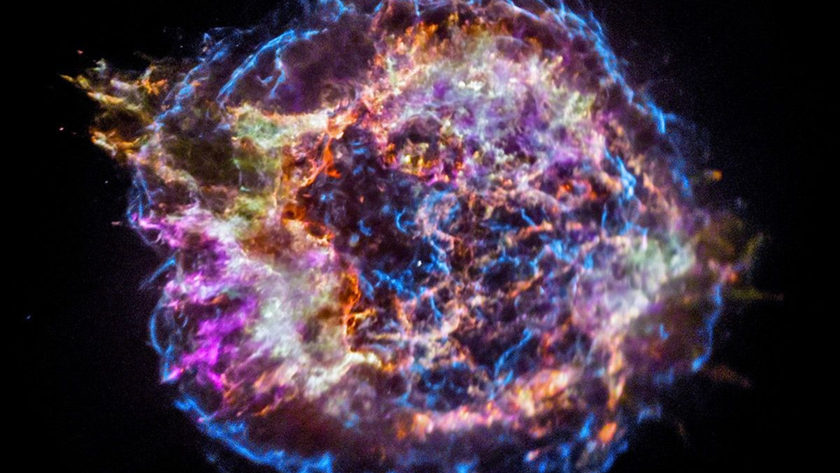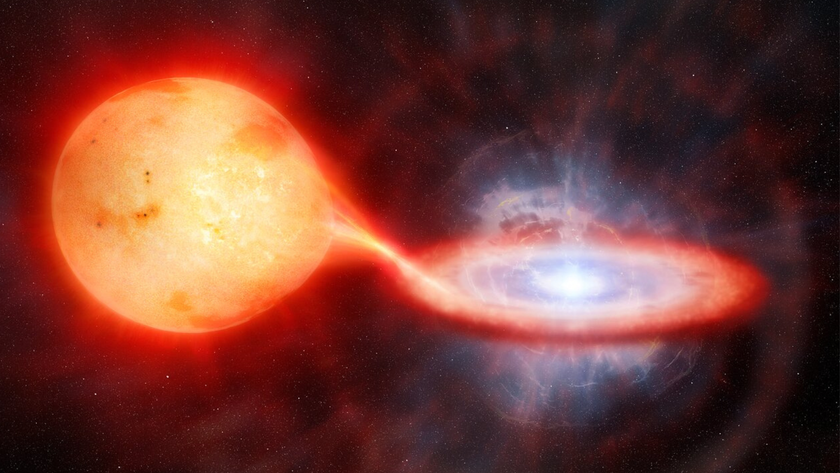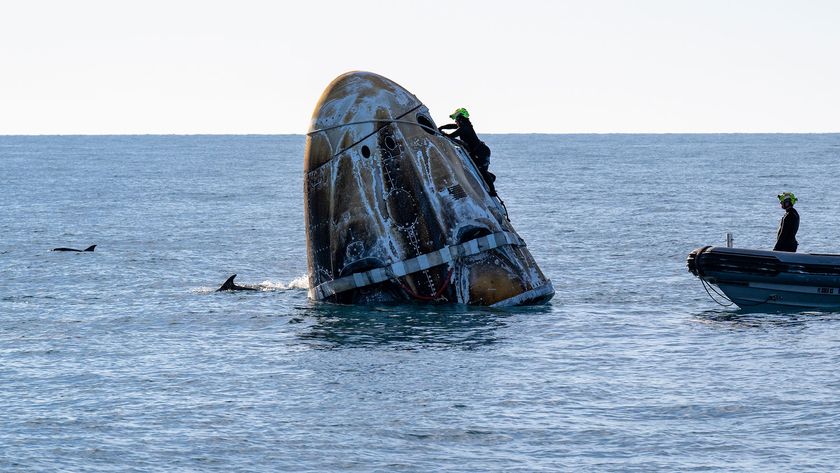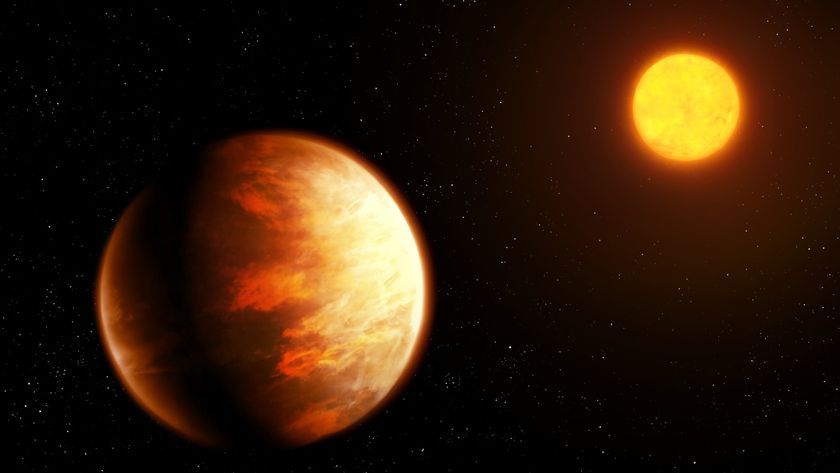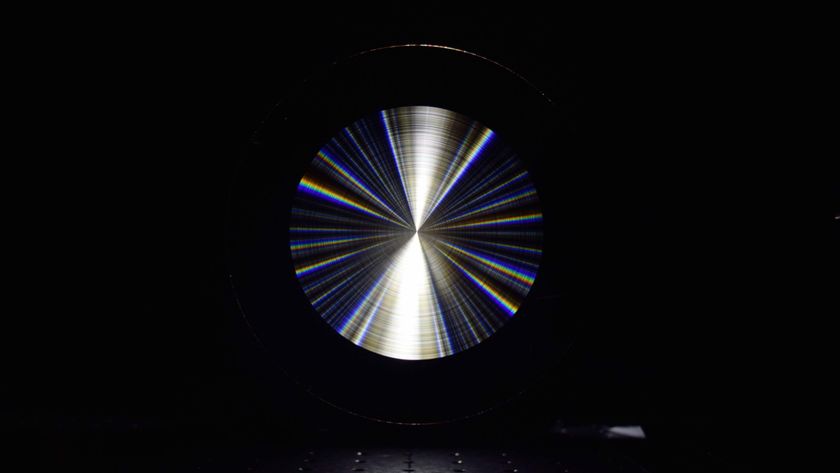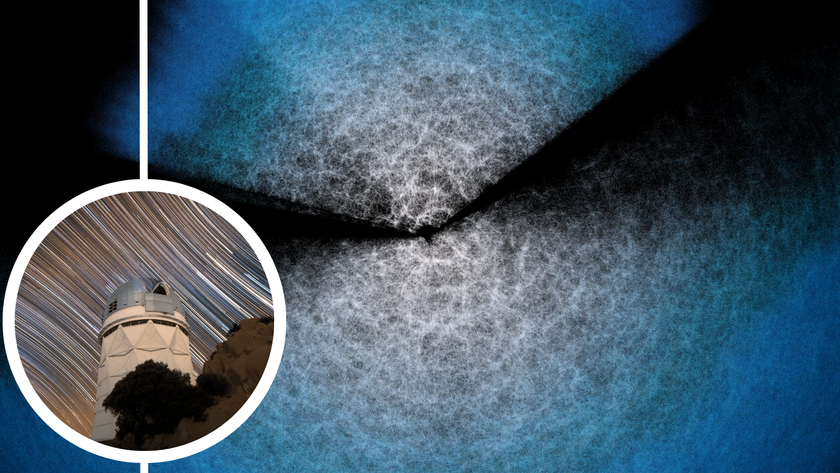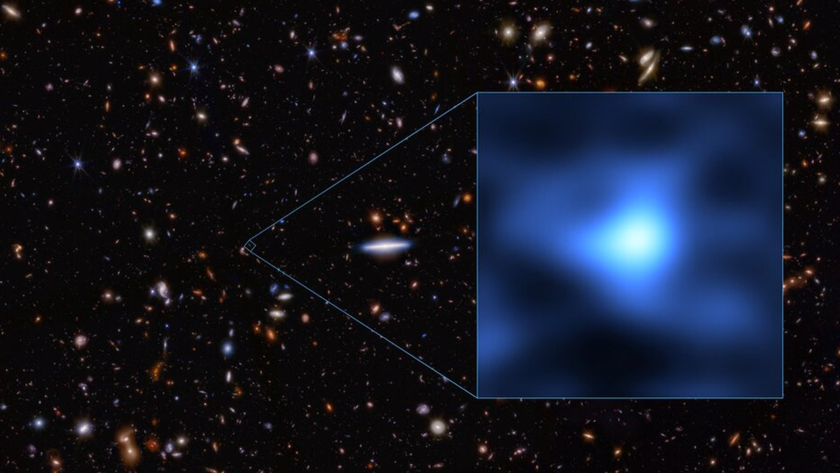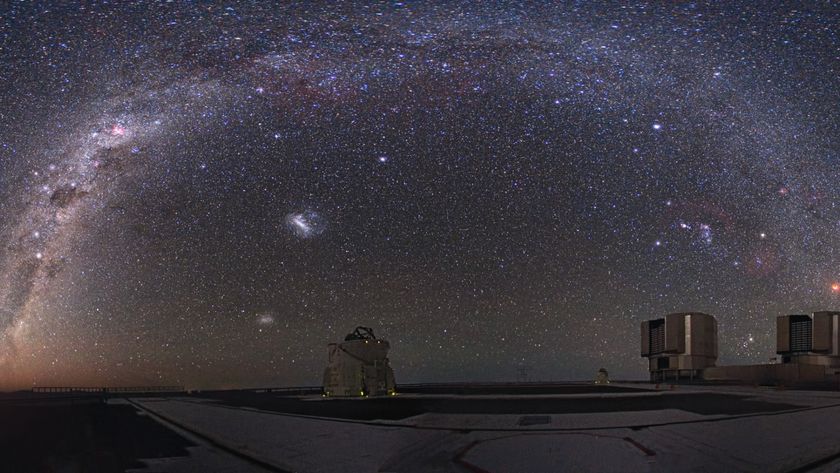What Would It Be Like to Live On Dwarf Planet Ceres in the Asteroid Belt?
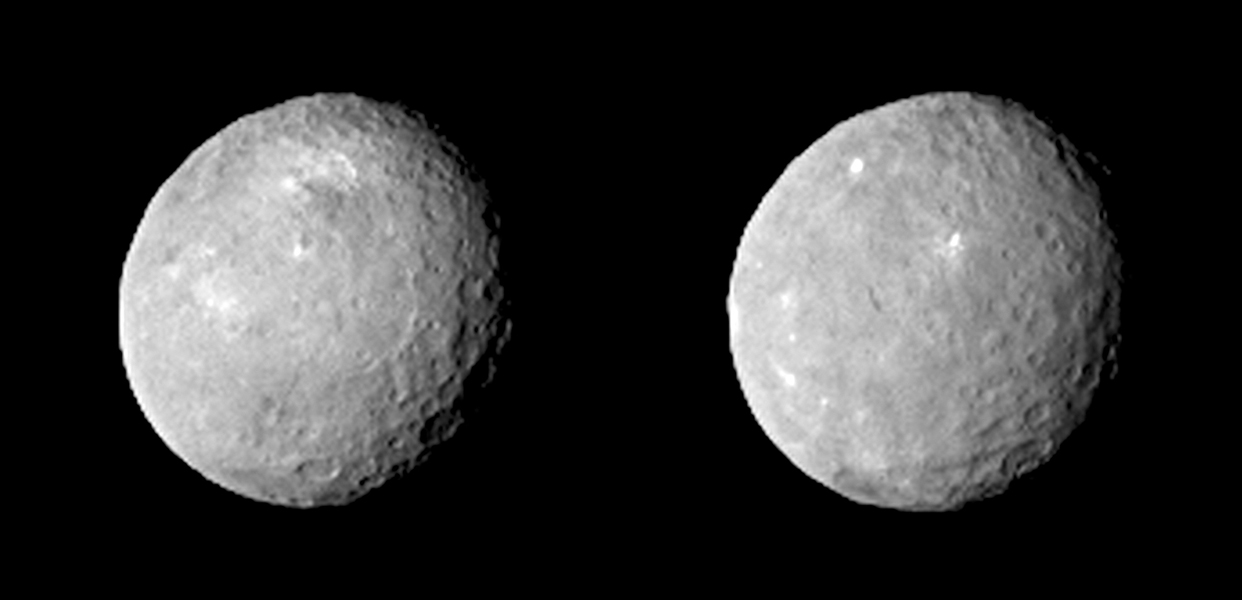
The aptly named asteroid belt is a region of space between Mars and Jupiter that's home to the majority of the asteroids in the solar system.
In recent years, asteroid belt objects have gained much attention as potential locations for future space mining operations that seek to harvest water for long-distance space missions (water can be broken down into hydrogen and oxygen to make rocket fuel).
One potential resource is Ceres — the largest object in the asteroid belt, comprising up to a third of the belt's mass. Once labeled an asteroid, Ceres is now classified as a "dwarf planet," a step below a full-fledged planet. It may contain more subsurface water ice than all the fresh water on Earth, and its high gravity compared with other belt objects makes it one of the most suitable locations for a permanent base in the asteroid belt. [Learn more about how to live on Ceres (Infographic)]
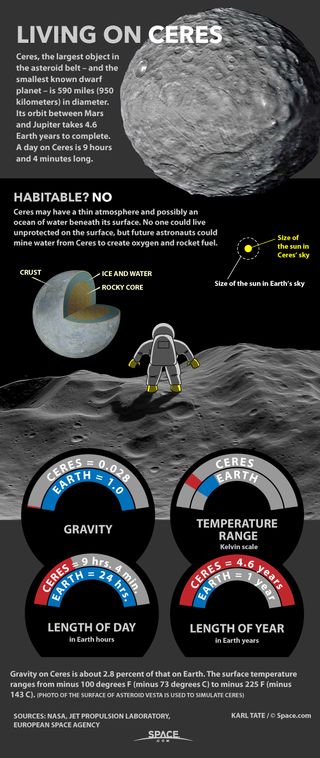
"But you probably wouldn't start mining there first because it's very far away," said Chris Lewicki, president and chief engineer of the asteroid mining firm Planetary Resources. "From a resource and mining standpoint, lots of other objects are closer."
NASA's Dawn spacecraft is expected to become the first spacecraft to ever visit Ceres when it arrives in orbit around the dwarf planet in March. The probe has already beamed back some amazing images of Ceres. As such, the surface of Ceres is largely a mystery — images from terrestrial and space telescopes show it has a mixture of bright and dark spots, but it's not clear what these spots are (some could be craters).
The European Space Agency's Herschel Space Observatory found that water vapor ejects into space from Ceres, possibly from volcanolike icy geysers or ice patches on the dwarf planet's surface. However, these vapor jets would be far too weak to pose any danger to you if you walked near them. They're so tenuous that "they would probably be difficult to even see," Lewicki told Space.com.

Though Ceres is the largest asteroid belt object, its gravity is still only less than 3 percent of Earth's gravity. Yet, Ceres is "one of the few asteroids you could probably walk around on," Lewicki said. And traversing its surface wouldn't take very long — Ceres has the diameter of Texas and the surface area of India. It's not clear, however, what kind of health effects would arise from living with that gravity for an extended period of time, he said.
Get the Space.com Newsletter
Breaking space news, the latest updates on rocket launches, skywatching events and more!
Ceres's low gravity also means it has virtually no atmosphere, so you wouldn't experience weather or see any sky colors while living on the dwarf planet. Instead, the sky would be a clear black, though you likely wouldn't be able to see many other asteroids through your spacesuit helmet because objects in the belt are generally about one million miles apart from each other.
While living on Ceres, you'd be subject to extreme shifts in temperature. The daytime temperature is usually about minus 100 degrees Fahrenheit (minus 73 degrees Celsius), and the nighttime temperature is minus 225 F (minus 143 C). But throughout Ceres's year (4.6 Earth years), you wouldn't see much seasonal temperature changes because of the object's low axial tilt (3 percent).
Ceres is nearly three times as far away from the sun as Earth is. In the middle of Ceres's 9-hour-long day, the sun would only be about 15 percent as bright and a third as large as it would be at noon on Earth.
And sunrises wouldn't be much to write home about — it takes all of 45 seconds to go from pitch black to full sun on Ceres, Lewicki said. But if you did send a message home, you could expect a response from between 15 minutes to more than 30 minutes, depending on how close Earth and Ceres are.
Editor's note: This story is Part 4 in Space.com's 12-part series "Living on Other Planets: What It Would Be Like" to see what an astronaut might see on other planets and moons across our solar system and beyond. Check back each Tuesday to see what humans might encounter on other cosmic bodies in the universe.
Follow Joseph Castro on Twitter. Follow us @Spacedotcom, Facebook and Google+. Original article on Space.com.
Join our Space Forums to keep talking space on the latest missions, night sky and more! And if you have a news tip, correction or comment, let us know at: community@space.com.

